
Evolution of cybersecurity
-
1971
World's first computer virus and antivirus
Bob Thomas creates a computer program named Creeper that moves across networks, leaving the message I'm the Creeper, catch me if you can. In response to this, Ray Tomlinson writes another program Reaper, the first antivirus software to chase Creeper and delete it.
-
1977
Invention of RSA
MIT's Ron Rivest, Adi Shamir, and Leonard Adleman invent "RSA", one of the first public-key cryptosystems, which is still widely used for secure data transmission.
-
1979
First break-in
Sixteen-year-old Kevin Mitnick breaks into Digital Equipment Corporation's computer network.
-
1981
First cybercrime convict
Ian Murphy, AKA Captain Zap, is the first person convicted of a cybercrime. Murphy hacked into the AT&T network and changed internal clocks to charge off-hours rates at peak times.
-
1982
First case of cyber warfare
The CIA dupes the Soviet Union into stealing booby-trapped software, causing a huge explosion in the Siberian Gas pipeline.
-
1984
Public exposure of security flaws
The German Chaos Computer Club exposes the security flaws in the German Bildschirmtext online system and transferred 135,000 DM to a Hamburg bank in favor of the club.
-
1986
First cybercrime law
US Congress passes the Computer Fraud and Abuse Act (CFAA), which makes it a crime to break into computer systems.
-
1988
First internet worm
Robert Tappan Morris, a computer science graduate student at Cornell, releases the first Internet worm and becomes the first person convicted under the 1986 CFAA.
-
1989
PC Cyborg: The first ransomware
A floppy disk is mailed to attendees of the WHO s international AIDS conference. Software on the diskette encrypts the names of all the files on a PC, then asks the user to send $189 to a post office in Panama to decrypt the files.
-
1995
First phishing attack
Using AOHell, hackers stole the passwords and credit card information of AOL users by sending instant messages asking them to enter their username and password to verify their account.
-
1998
Beginning of Tor Project
Employees of the US Naval Research Laboratory develop the "Onion Router," or Tor software, that is a key component of the Dark Web today.
-
1999
First mass-mailing macro virus
The Melissa virus infects more than a million email accounts via a malicious email attachment. The virus creator, David L. Smith, served 20 months in federal prison and was fined $5,000.
-
2008
Cyberheist mastermind arrested
Albert Gonzalez leads a criminal ring to steal information from at least 45.7 million payment cards used by customers of US retailer TJX.
-
2010
First cyberweapon
Security experts discover Stuxnet, the world's first military-grade cyberweapon that corrupts industrial equipment and includes programmable logic controller (PCL) software designed to hide its existence and progress.
-
2012
Flame malware discovered
Flame, which attacks Windows computers, is capable of recording Skype conversations, audio, keyboard activity, network traffic, and screenshots. Flame also has a kill command, wiping out all traces of it from a computer.
-
2013
Largest data breach
All three billion Yahoo user accounts are breached.
-
2013
Target targeted
Forty million credit card and debit card accounts belonging to Target customers are stolen.
-
2014
Home depot breached
Fifty-six million credit cards belonging to Home Depot customers are compromised.
-
2014
JP Morgan Chase attacked
83 million JP Morgan Chase accounts are compromised.
-
2015
Anthem breached
Nearly 80 million Anthem accounts are compromised.
-
2015
White House compromised
Russian hackers gain access to White House and State Department emails. The emails were unclassified, but likely contained sensitive information.
-
2016
Birth of Mirai botnet
Tens of millions of internet-connected consumer devices are infected with Mirai malware. This results in a massive DDoS attacks that make major internet platforms and services unavailable to users.
-
2017
WannaCry attack
The WannaCry ransomware attack, unprecedented in scale, infects more than 230,000 computers in over 150 countries.
-
2017
Most devastating cyberweapon
NotPetya, a cyberweapon and dreaded virus, attacks thousands of computers around the globe and wipes everything off their disks.
-
2017
Equifax data breach
148 million Americans sensitive personal information compromised.
-
2018
GDPR
The General Data Protection Regulation (GDPR), goes into effect.
-
2018
CCPA
The California Consumer Privacy Act (CCPA) is introduced.
-
2019
Simjacker discovered
Simjacker, an SMS-based attack method used by a surveillance vendor to track and monitor individuals, is discovered.
-
2019
Notifiable Data Breaches Scheme
Australia's Notifiable Data Breaches Scheme goes into effect.
-
2020
LGPD
Brazil's General Data Protection Law (LGPD) to come into effect.
Test your cybersecurity awareness
Pick one of the following areas:
-
Digital personality
Q1. "Social engineering is the term used for a broad range of malicious activities accomplished through human interactions. It uses psychological manipulation to trick users into making security mistakes or giving away sensitive information."
A key step in a social engineering attack often involves designing an in-depth profile of a target based on their social interactions.
-
Digital personality
Q2. Which of the following professional information, when added on social media or networking platforms, is most at risk of being used for a social engineering attack?
Next -
Applications and
devicesQ3. What could be the possible security implication of using unlicensed or discontinued applications (such as operating systems, antivirus, and other software)?
Next -
Applications and
devicesQ4. You lost your work mobile phone last night on the way home from the office. How would you protect the organizational data stored in the applications and browser(s) you use on that phone?
Next -
Email Links
and attachmentsQ5. You have received an email from your business partner containing an attachment of a contract to be signed. The attachment is a PDF file.
You're uncertain whether this attachment is safe to open. Performing which of the following steps in isolation will verify whether the attachment is safe?
Next -
Passwords
Q6. You're the social media manager at your organization. During your annual vacation time, a colleague will be handling a social media campaign in your absence.
For this purpose, you need to share the access of certain account(s) with them. Which of the following options would ensure that the access to the account(s) is not abused?
Next -
Passwords
Q7. Your role as the events manager of your organization requires you to travel frequently across the country. You use several mobile applications as part of your daily job. You've been wanting to use a password management tool to manage the passwords of all these applications.
You've started evaluating a few password management tools to decide which one works best for your needs. Which of these feature sets would be best suited for your scenario?
Next -
Privacy
Q8. You're the talent acquisition manager of your organization. Your company is hiring four software developers with a minimum of five years experience, and you ve shortlisted 100 applicants for the role.
After the recruitment process, you select two applicants, waitlist five of them, and reject the rest.
In this scenario, what would be the best way to manage the resumes/applications of all 100 applicants?
Next -
Privacy
Q9. Your company's monthly newsletter has been sent with the entire subscriber list added in CC instead of BCC.
Which of the following privacy violations does this scenario fall under?
-
Try again
-
Digital personality
Q1. "Social engineering is the term used for a broad range of malicious activities accomplished through human interactions. It uses psychological manipulation to trick users into making security mistakes or giving away sensitive information."
A key step in a social engineering attack often involves designing an in-depth profile of a target based on their social interactions.
-
Applications and
devicesQ2. What could be the possible security implication of using unlicensed or discontinued applications (such as operating systems, antivirus, and other software)?
Next -
Applications and
devicesQ3. You lost your mobile phone last night on the way home from work. How would you protect the personal data stored in the applications and browser(s) you use on that phone?
Next -
Email Links
and attachmentsQ4. You have received an email from your cousin containing a video attachment.
You're uncertain whether this attachment is safe to open. Performing which of the following steps in isolation will verify whether the attachment is safe?
Next -
Email Links
and attachmentsQ5. You receive a seemingly legitimate email from the airline company you last flew with to update your air miles before they expire. The email contains a URL which has a bunch of special characters.
You're not sure whether the link is secure. What would you do to ensure you can safely visit the site?
Next -
Passwords
Q6. You recently attended your sister's wedding, and you want to share the pictures of the wedding with your friend.
Which of the following options would be the most secure way to give them access to the photos?
Next -
Passwords
Q7. You access multiple applications and accounts (e.g., social media, banking services, and online streaming services) every day. With so many applications and services, it gets difficult to remember each password that you use.
In this situation, what would be a good strategy to manage so many passwords?
Next -
Privacy
Q8. After your most recent purchase from an e-commerce website, you've started receiving many promotional emails from that e-commerce company. You do not remember signing up for any such promotional emails.
What would the ideal response be in this situation?
Next -
Privacy
Q9. You recently took a blood test at your doctor s office. You find out that the office's data center has been hacked and the diagnostic reports have been leaked.
Which of the following scenarios would increase the severity of the breach?
-
Try again
31 movies on cybersecurity
A movie a day for the entire month!
Bolster your cybersecurity knowledge with some of the must-see movies, documentaries, and television shows that explore various themes like famous hacks, possible consequences of advancing technology, data privacy, and much more.
-

Algorithm (2014)
A computer hacker hacks a government contractor and discovers a mysterious computer program, inadvertently starting a revolution.
#Hacking #Cybersecurity -

Blackhat (2015)
A cyberterrorism movie in which hacking plays a pivotal role in the story. In what is arguably one of the most realistic depictions of hacking on-screen, Blackhat shines light on one of the most common hacking techniques: foreign USB devices.
#Devices #Hacking #Cyberwarfare -
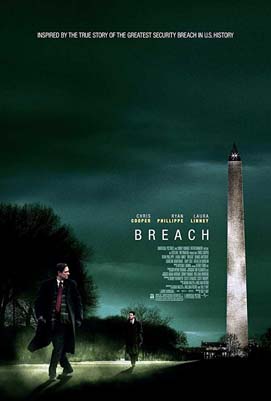
Breach (2007)
Breach is a docudrama that expertly tells the tale of "possibly the worst intelligence disaster in US history." The movie shows the events leading up to the capture of real-life FBI agent Robert Hanssen, who served as a mole for the Russians for 22 years.
#Cyberespionage #Cyberterrorism #Cybersecurity -

Citizenfour (2014)
A gripping documentary that reveals the circumstances which led Edward Snowden to expose the NSA's mass surveillance tactics.
#Surveillance #Cybersecurity -
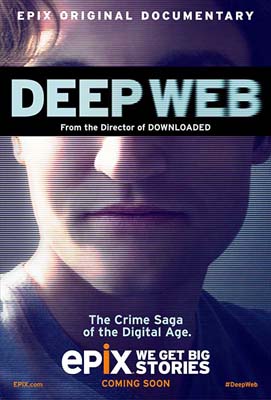
Deep Web (2015)
Deep Web provides an eye-opening overview of how different groups operate undetected on the deep web, and then recounts the tale of Ross Ulbricht, alleged creator of the notorious "Silk Road" online bazaar.
#Hacking #DeepWeb #Cybersecurity -
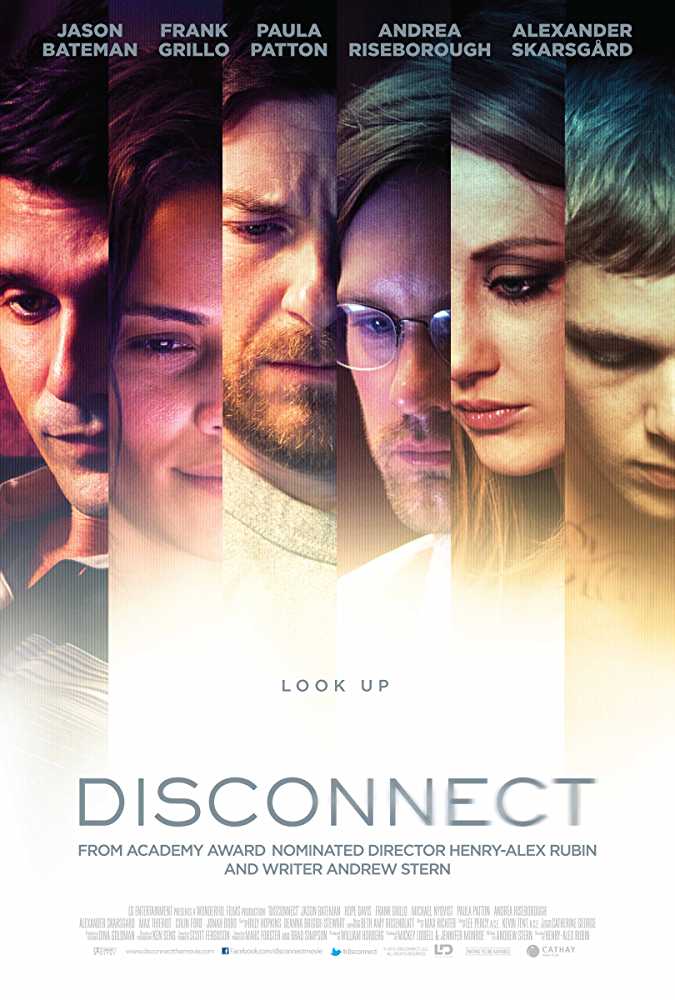
Disconnect (2013)
From identity theft to cyberbullying, Disconnect attempts to shed light on the various dangers of the digital world. This gripping movie weaves a cautionary tale of becoming too entrenched in cyberspace.
#Devices #Applications #DigitalPersonality #Privacy -
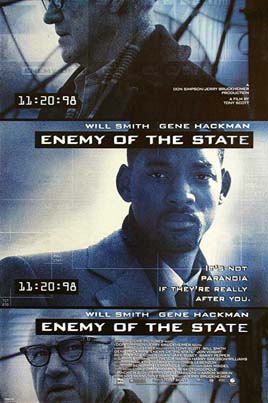
Enemy of the State (1998)
Another movie that attacks the surveillance regime of the US government, Enemy of the State follows the story of a lawyer who comes into possession of a videotape containing footage of a congressman's murder, and the game of cat and mouse that follows soon after.
#Surveillance #Devices #Cybersecurity -

Hacker (a.k.a. Anonymous) (2016)
Hacker shows the birth of a young hacker who turns to a life of cybercrime and identity theft.
#Cybercrime #Privacy #Cybersecurity -

The Imitation Game (2014)
Though not a full-fledged cybersecurity movie, The Imitation Game follows the life of renowned mathematician Alan Turing and his fellow mathematicians as they work on cracking the famous German Enigma code.
#Espionage #Decrypting -
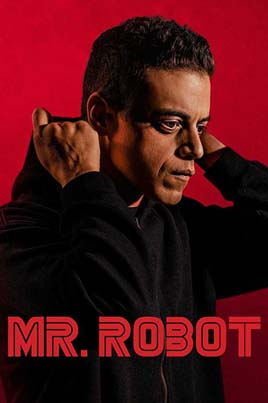
Mr. Robot (2015)
This gripping TV series portrays the life of hacker Elliot Alderson, and how he uses his skills to change the world for good.
#Hacking #Devices #Privacy #Cybersecurity -
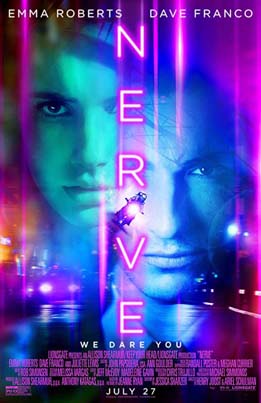
Nerve (2016)
A high school senior is enmeshed in an online reality game where every move of hers is manipulated by an anonymous community of "watchers."
#Devices #Applications #Privacy -
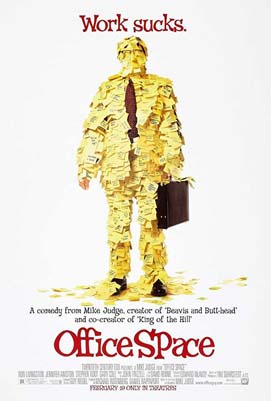
Office Space (1999)
An entertaining comedy that brings attention to insider threats, Office Space follows the life of three computer programmers who hate their jobs and bosses. They proceed to create a scheme to embezzle small amounts of money from their company, but a turn of events results in a bigger theft than planned.
#Devices #Cybersecurity -
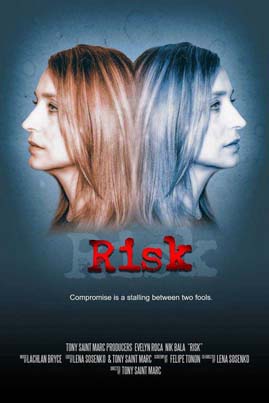
Risk (2017)
Risk, a companion-piece to Citizenfour, takes an intimate look at the life of Julian Assange and the birth of Wikileaks.
#Cybersecurity -
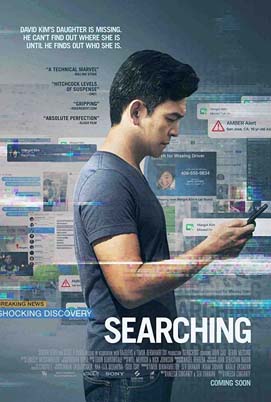
Searching (2018)
When 16-year-old Margot goes missing, her widowed father David resorts to analyzing her social media activity and tracks her digital footprints to find his missing daughter.
#DigitalPersonality #Cybersecurity -
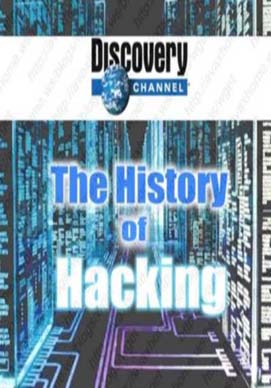
The Secret History of Hacking (2001)
A documentary that focuses on the phreaking, computer hacking, and social engineering that took place between the 1970s and 1990s.
#Hacking #DigitalPersonality #Cybersecurity -
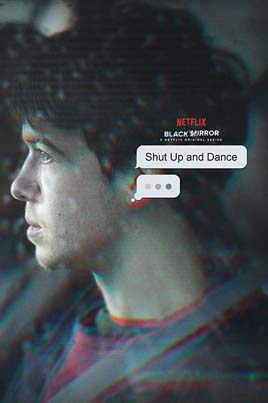
Shut Up and Dance (2016)
A part of the TV series Black Mirror, Shut Up and Dance takes viewers on a gripping journey as it shows the havoc that malware can cause.
#Privacy #DigitalPersonality #Surveillance #Cybersecurity -
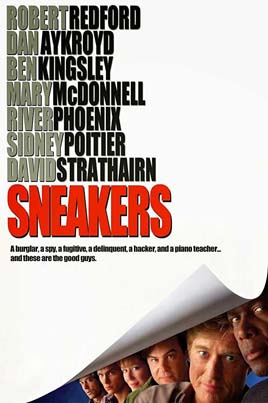
Sneakers (1992)
A team of security system testers who discover a top-secret black box that can crack any encryption must keep the box from falling into the wrong hands.
#Cybersecurity #Hacking -
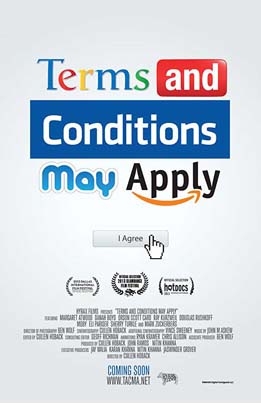
Terms and Conditions May Apply (2013)
An eye-opening documentary on the effects of the erosion of privacy that most of us legally accept every time we sign up for a new app or internet service.
#DigitalPersonality #Privacy #Devices #Applications -
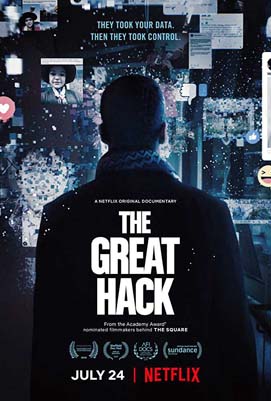
The Great Hack (2019)
This gripping documentary reveals the dark side of social media as it shows the insider account of Cambridge Analytica's illegal social profiling activities.
#DigitalPersonality #Privacy -
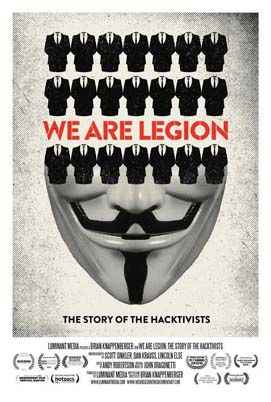
We Are Legion: The Story of the Hacktivists (2012)
A documentary that sheds light on the birth and rise of the hacker group Anonymous.
#Cybersecurity #Hacking -
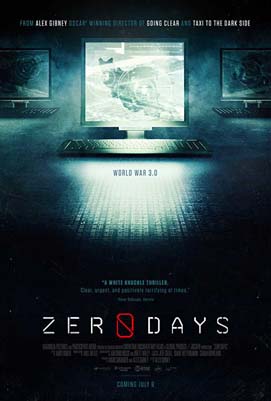
Zero Days (2016)
A cyberwarfare documentary that portrays the birth of Stuxnet, a computer virus program allegedly developed as a joint effort between the US and Israel, and how it was used to attack Iran's nuclear program.
#Cyberwarfare #Cybersecurity #Devices -
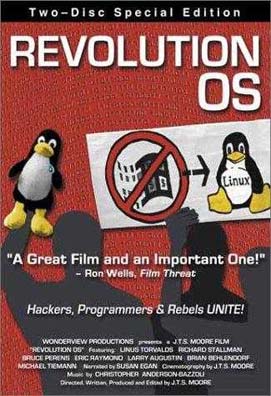
Revolution OS (2001)
Revolution OS explores the story of the hackers who rebelled against Microsoft and created GNU/Linux and the open-source movement.
#Hacking #Cybersecurity -
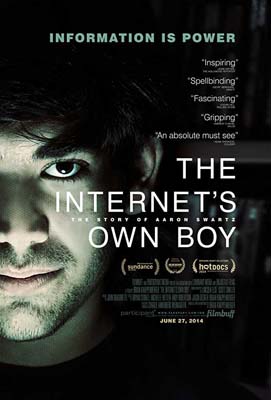
The Internet's Own Boy: The Story of Aaron Swartz (2014)
Brian Knappenberger explores the life of Aaron Swartz, a programming prodigy and freedom of information activist whose work has had far-reaching effects on copyright laws and how the right to information is perceived.
#Hacking #Cybersecurity -

Freedom Downtime (2001)
A thought-provoking documentary that takes a deep look at Kevin Mitnick's harrowing experience at the hands of the law for multiple charges of hacking.
#Hacking #Cybercrime #Cybersecurity -
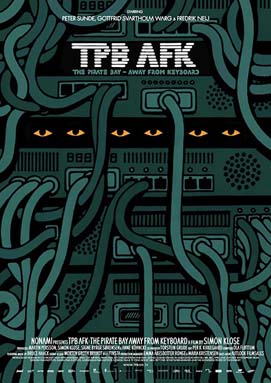
TPB AFK (2013)
A documentary based on the lives of the three founders of The Pirate Bay: Peter Sunde, Fredrik Neij and Gottfrid Svartholm. This movie explores the rise and fall of the world s biggest file sharing website.
#Cybersecurity -
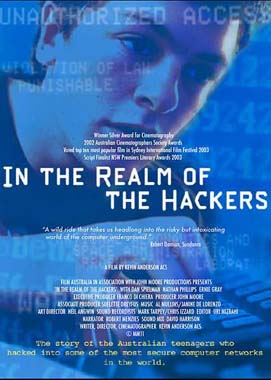
In The Realm of Hackers (2003)
This documentary reveals how two Australian teenager hackers, Electron and Phoenix, stole a restructured computer security list and used it to break into some of the world s most classified and secure computer systems.
#Cybersecurity #Cybercrime #Hacking -
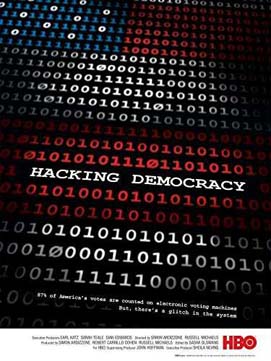
Hacking Democracy (2006)
Hacking Democracy examines the voting malpractices that occurred during the 2000 and 2004 US elections, and exposes how the electronic voting machines and the Diebold voting systems were hacked and tampered with during the elections.
#Hacking #Cybersecurity #Cybercrime -
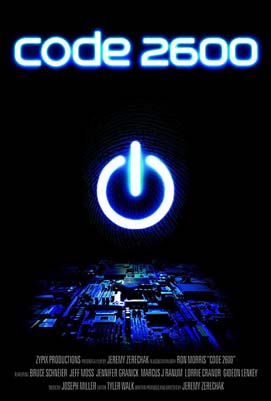
Code 2600 (2011)
Code 2600 is an enlightening documentary portraying the history of computer hacking as told by some of its principal participants.
#Hacking #Cybersecurity #Cybercrime -

Live Free or Die Hard (2007)
John McClane, tasked with tracking down a hacker, enlists the help of an ethical hacker who helps him deal with the cybercriminals.
#Hacking #Cybersecurity -
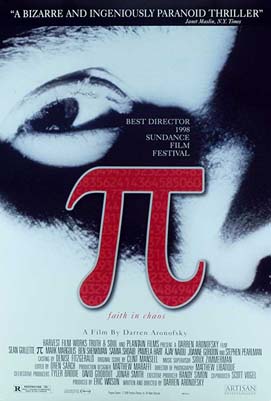
Pi (1998)
A tortured man who believes that mathematics is the language of the universe gets embroiled in a dangerous game as he discovers a mysterious number that he believes can be used to beat the stock market.
#Cybersecurity #Cybercrime -
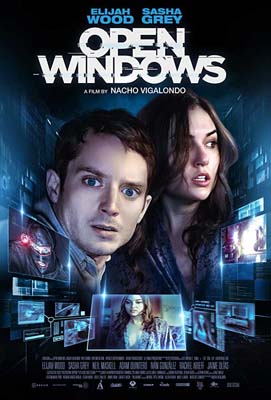
Open Windows (2014)
A blogger wins a dinner date with his favorite actress. After the date gets cancelled, he starts to get manipulated into doing increasingly horrific things by a man posing as the actress' campaign manager.
#Cybercrime #Devices #Applications #Hacking
More

Loading ...







